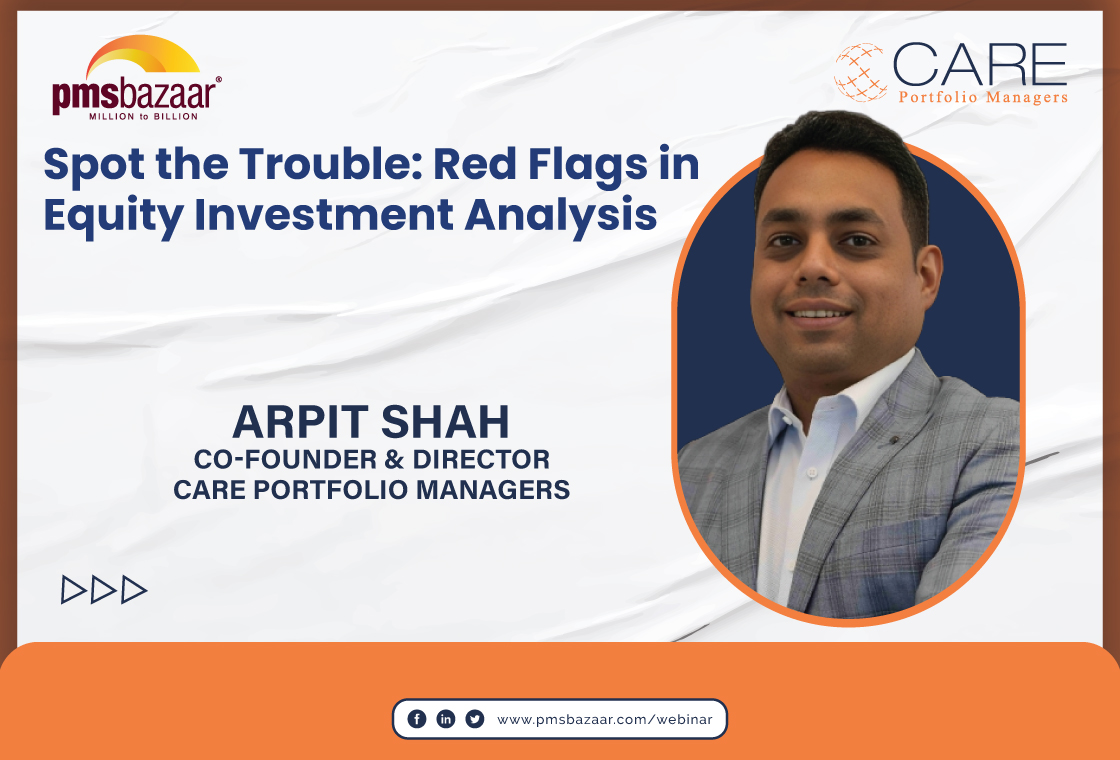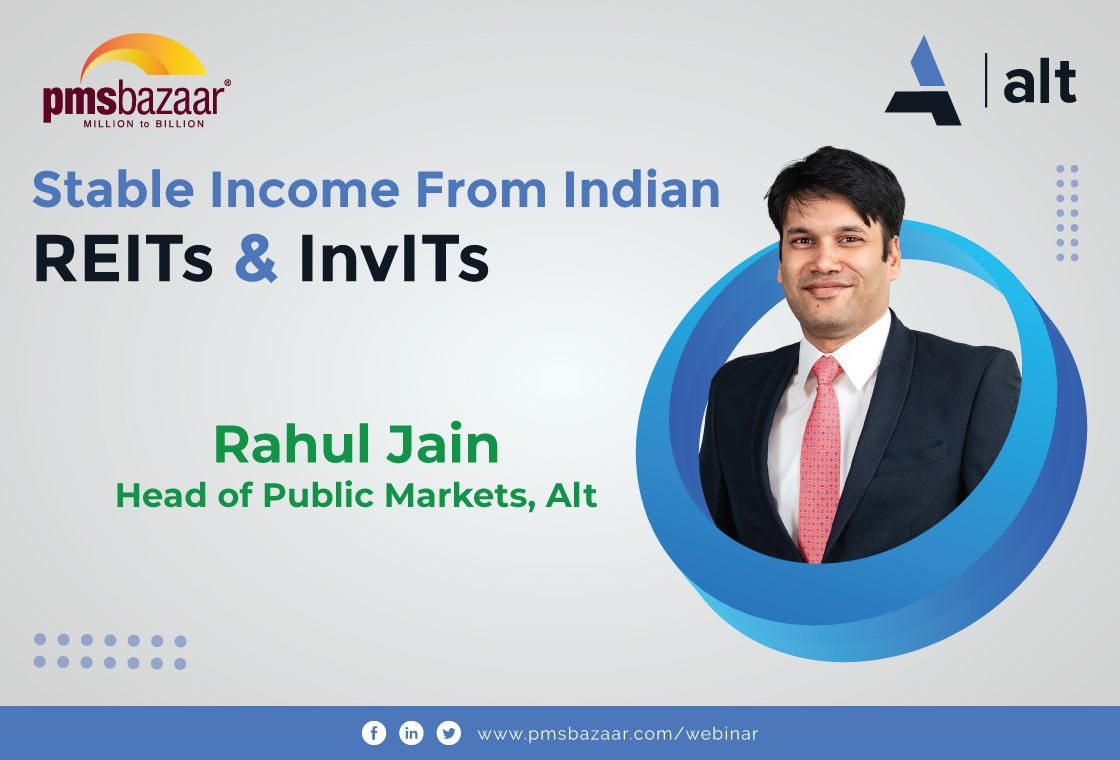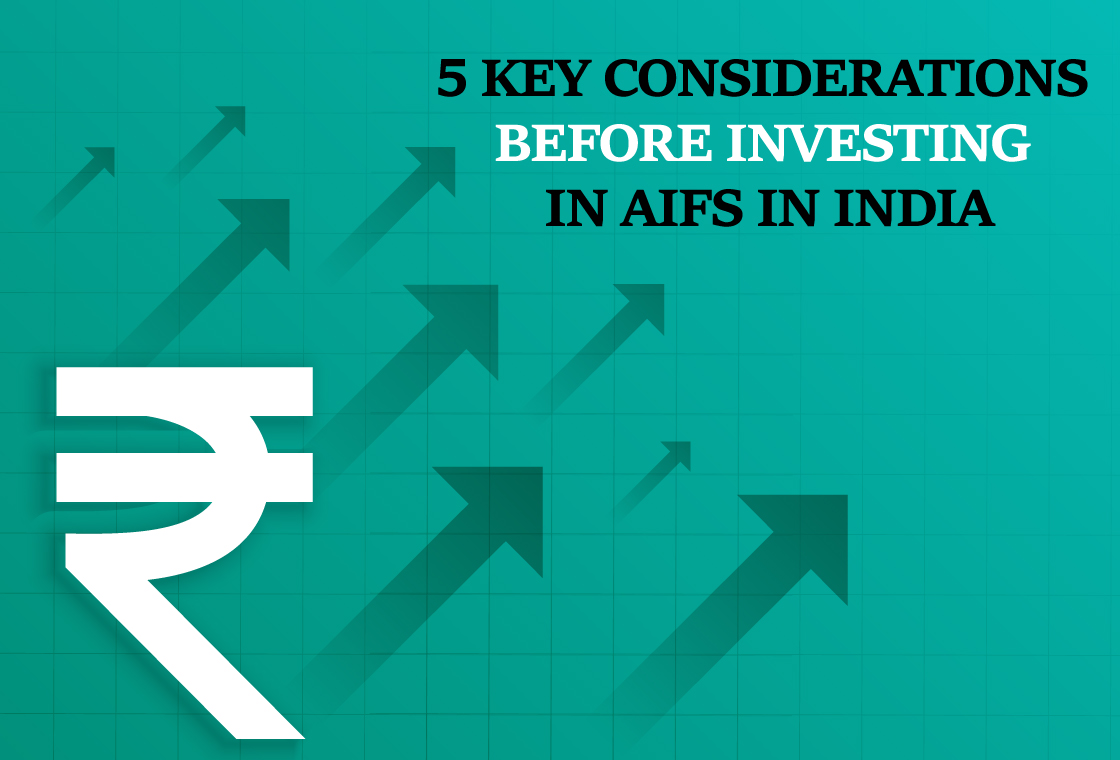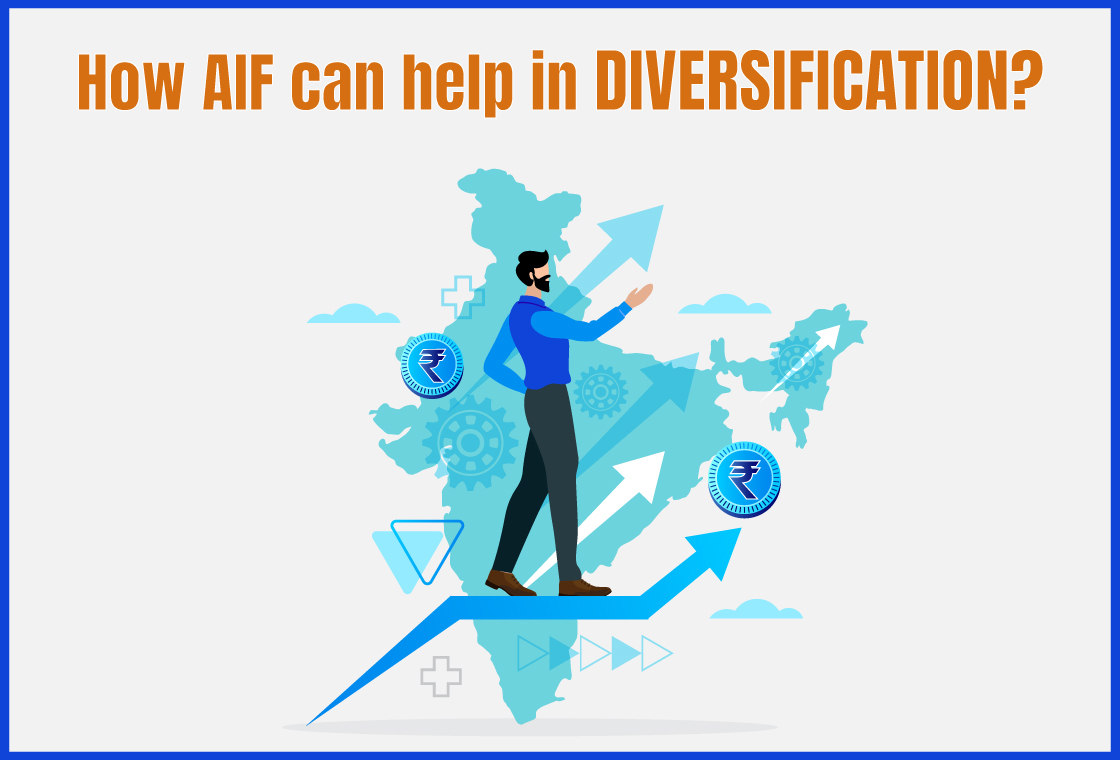The second episode of the Sundaram Alternate Series featured a discussion hosted by PMS Bazaar on the topic: A multi-geographical perspective on wealth and asset management industry. The episode unpacked a range of issues specific to the Indian financial market, including market volatility, the evolving role of financial institutions in wealth management, and key economic indicators.

The guest for the day was Virendra Somwanshi, President and Head – Wealth Management & Capital Markets, Bank of Baroda in conversation with Vikaas M Sachdeva, Managing Director of Sundaram Alternates. Hitungshu Debnath, Chief Business Officer of Sundaram Alternates, joined the conversation.
Key points of discussion include:
- Market volatility and elections
- Role of banks and financial institutions in wealth management
- Differences in handling international clients
- Investment lessons and economic indicators
- Leveraging technology and partnerships
- Balancing risk and reward
- Navigating market cycles and global diversification
Market volatility and elections
The episode began with a discussion on the turbulence of the Indian markets due to election results. Virendra Somwanshi compared market movements to a story, emphasising that markets react negatively to uncertainty but appreciate stability. He highlighted that despite short-term volatility, the long-term market direction is driven by earnings, and expressed optimism about India's growth due to government reforms and domestic investments.
Role of banks and financial institutions in wealth management
Somwanshi highlighted that banks in India combine scale and efficiency, making wealth management accessible and inclusive. He highlighted the role of banks in wealth management, stressing their extensive distribution networks and ability to collaborate with FinTechs.
Somwanshi also addressed client education about investment risks through a two-tiered approach and underscored the importance of thorough risk disclosures and personalised guidance to ensure informed client decisions.
Differences in handling international clients
Somwanshi explored the distinct considerations involved in handling international clients. With a greater awareness and a wider range of options available to them, international clients necessitate a more nuanced approach that involves in-depth need analysis and standardised procedures. He highlighted the cultural differences with international clients, often placing a higher emphasis on formalised processes and capital preservation strategies.
Investment lessons and economic indicators
Somwanshi shared a personal anecdote about investment mistakes made during the tech boom era. His experience, which involved heavy investment in sectoral equity funds without proper diversification, underscored the importance of diversification and cautious investing. He emphasised that early mistakes help shape a more informed investment approach.
This personal reflection paved the way for a discussion on economic indicators and future prospects. Both Somwanshi and Sachdeva expressed optimism about the Indian economy, highlighting its strong position and the significant potential for wealth creation in the coming decade, driven by favourable economic conditions and positive demographic trends. Somwanshi He shared feedback from global investors waiting for election results before committing to investments in Gift City, indicating that stability and continuity post-elections would likely encourage more investments.
Leveraging technology and partnerships
Technology and partnerships emerged as another key area of focus. The speakers emphasised how banks can leverage their established customer relationships and comprehensive product suites to deliver a wider range of solutions, including retirement planning, investment options, and insurance products. The discussion also acknowledged the critical role that technology and partnerships with FinTech companies play in supporting wealth management. Digital platforms streamline transactions, making them more convenient and scalable for both institutions and clients. However, the importance of investor education and awareness, particularly in areas with limited access to professional relationship managers, was stressed.
Balancing risk and reward
The episode further explored the concept of balancing risk and reward within client portfolios. Both Somwanshi and Sachdeva acknowledged the significance of client suitability and thorough product due diligence. A two-tiered approach was outlined, involving selective product offerings and personalised guidance for clients. Digital platforms play a vital role in this process, especially for clients located in remote areas, by facilitating efficient transactions and providing access to financial education resources.
Navigating market cycles and global diversification
The conversation also touched upon green deposits and sustainable investing. Green deposits are a unique financial product designed to channel funds towards environmentally sustainable projects. By collecting funds through these deposits, banks can support green initiatives and cater to a growing segment of investors interested in socially responsible investment options.
The importance of patience and mental fortitude in navigating market volatility was reiterated. Somwanshi emphasised the value of staying focused on long-term goals and avoiding impulsive decisions driven by short-term market movements. Geographic diversification was also presented as a key strategy to mitigate risk. Exchange-traded funds (ETFs) that track broad market indices were recommended as a cost-effective way for investors to gain exposure to international markets. The discussion on smart beta indices highlighted the importance of aligning asset allocation with an investor's risk tolerance and investment goals, advocating for a balanced approach that integrates both passive and tactical investment strategies.
While this captures and summarises the overall conversation, to get detailed insights into the current state and prospects of the Indian wealth and asset management industry, you can watch the full video using the below link.
Get access to rich data and analytics of PMS & AIF by subscribing to us. Join the 65000+ investors & experts: Subscribe NOW
Recent Blogs
.jpg)
Passively Active Investing — A Modern Investor’s Lens on ETF-Based PMS
PMS Bazaar recently organized a webinar titled “Passively Active Investing — A Modern Investor’s Lens on ETF-Based PMS,” which featured Mr. Karan Bhatia, Co-Founder and Co-Fund Manager , Pricebridge Honeycomb ETF PMs. This blog covers the important points shared in this insightful webinar.

Spot the Trouble: Red Flags in Equity Investment Analysis
PMS Bazaar recently organized a webinar titled “Spot the Trouble: Red Flags in Equity Investment Analysis,” which featured Mr. Arpit Shah, Co-Founder & Director, Care Portfolio Managers. This blog covers the important points shared in this insightful webinar.

Long-Only AIFs Rebound Sharply in October; Long-Short Strategies Lag Despite Lower Volatility
106 long-only AIFs averaged 3.68% vs 32 long-short AIFs at 2.7%; only 24–31% of funds beat key indices

Markets log strongest monthly gains in 7 months; PMS performance turns near-uniform in October
Nifty 50 TRI gained 4.62%, BSE 500 TRI rose 4.27%; 415 of 427 equity PMSes ended positive

How SMEs are Shaping India’s Investment Landscape?
PMS Bazaar recently organized a webinar titled “How SMEs are Shaping India’s Investment Landscape?” which featured Mr. Shrikant Goyal, Fund Manager, GetFive Opportunity Fund.

Stable Income from Indian REITs and InvITs
PMS Bazaar recently organized a webinar titled “Stable Income from Indian REITs and InvITs,” which featured Mr. Rahul Jain, Head of Public Markets, Alt.

5 Key Considerations Before Investing in AIFs in India
Alternative Investment Funds (AIFs) have emerged as a compelling option for sophisticated investors seeking diversification and potentially superior returns. But venturing into AIFs requires a clear understanding of their unique characteristics that go beyond simply knowing what they are and their categories.

How AIF can help in diversification?
Traditionally, Indian investors have relied on a mix of stocks and bonds to build their wealth. While this approach offers diversification, it can still leave your portfolio vulnerable to market fluctuations. Enter Alternative Investment Funds (AIFs), a dynamic asset class gaining traction for its ability to unlock diversification beyond the realm of conventional options.

